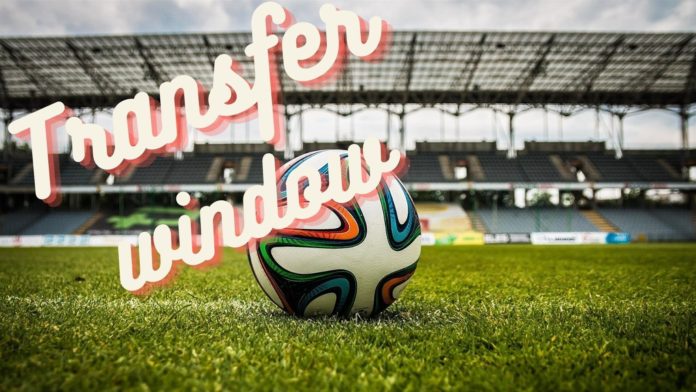Once upon a time, soccer teams were able to sign new players as and when they wished – creating something of a free-for-all in the transfer market. That system meant that the richest clubs would routinely outperform those with fewer financial resources. As such, the sport was in danger of becoming a circus of unbridled wealth and monopolized competitions.
However, the introduction of two specific transfer windows has helped to level the playing field. Now when you look at betting odds at the likes of William Hill before each season, you can see a wider variety of teams in contention in the English Premier League, Spanish La Liga, and Italian Serie A. This is thanks to these transfer windows levelling the playing field, as it were.
When are the Transfer Windows in Soccer?
Each football association of an individual country is allowed to decide when their transfer windows are open, but generally speaking, these are around 12 weeks in the summer. The summer window is between one season and the next and an additional four-week window in the winter which is usually the whole of January.
In European soccer, player contracts tend to end on June 30, and so any transfer agreed during the summer – or in the negotiation period before that – will be completed on July 1. It should also be noted in English soccer that clubs are able to sign free agents at any time, even outside of the two transfer windows. A free agent is a player without a permanent contract at the time of their signing.
On very rare occasions, a team may be given special dispensation to make a signing. This is usually due to exceptional circumstances, such as a sickness bug sweeping through the club or a spate of injuries to goalkeepers. If permission is granted by the relevant football authority, a new player can be signed either permanently or on a loan deal.
How Does the MLS SuperDraft Work?
In the United States, the premier soccer competition – the MLS – has very different rules when it comes to player transfers. The first thing to note is that it’s the MLS itself that owns player contracts, rather than the individual teams/franchises. So, transfers are negotiated with the governing body rather than the representatives of each club. Each franchise has the same salary cap, and they can attempt to sign players via trade agreements and free agency.
Then there’s Designated Player contracts. These are awarded to ‘expensive’ players that are considered of a higher quality or who have stacks of international caps. Each franchise can have up to three Designated Players, and they only use up a certain chunk of the salary cap. The DP rule, instigated when David Beckham moved to Los Angeles, has been designed to attract star names to the MLS without bankrupting the teams involved.
In addition, there is the MLS SuperDraft, which takes place each January ahead of the new season. Like the NFL Draft, this enables franchises to sign the best prospects from college soccer. Expansion teams (those entering their first MLS season) get the first pick of each round, then the rest are ordered based on their finishing position in the previous season.
So there you have it – a guide to soccer transfer windows around the globe. It certainly shows why the sport is such big business, and why the star assets are so determinedly courted.















